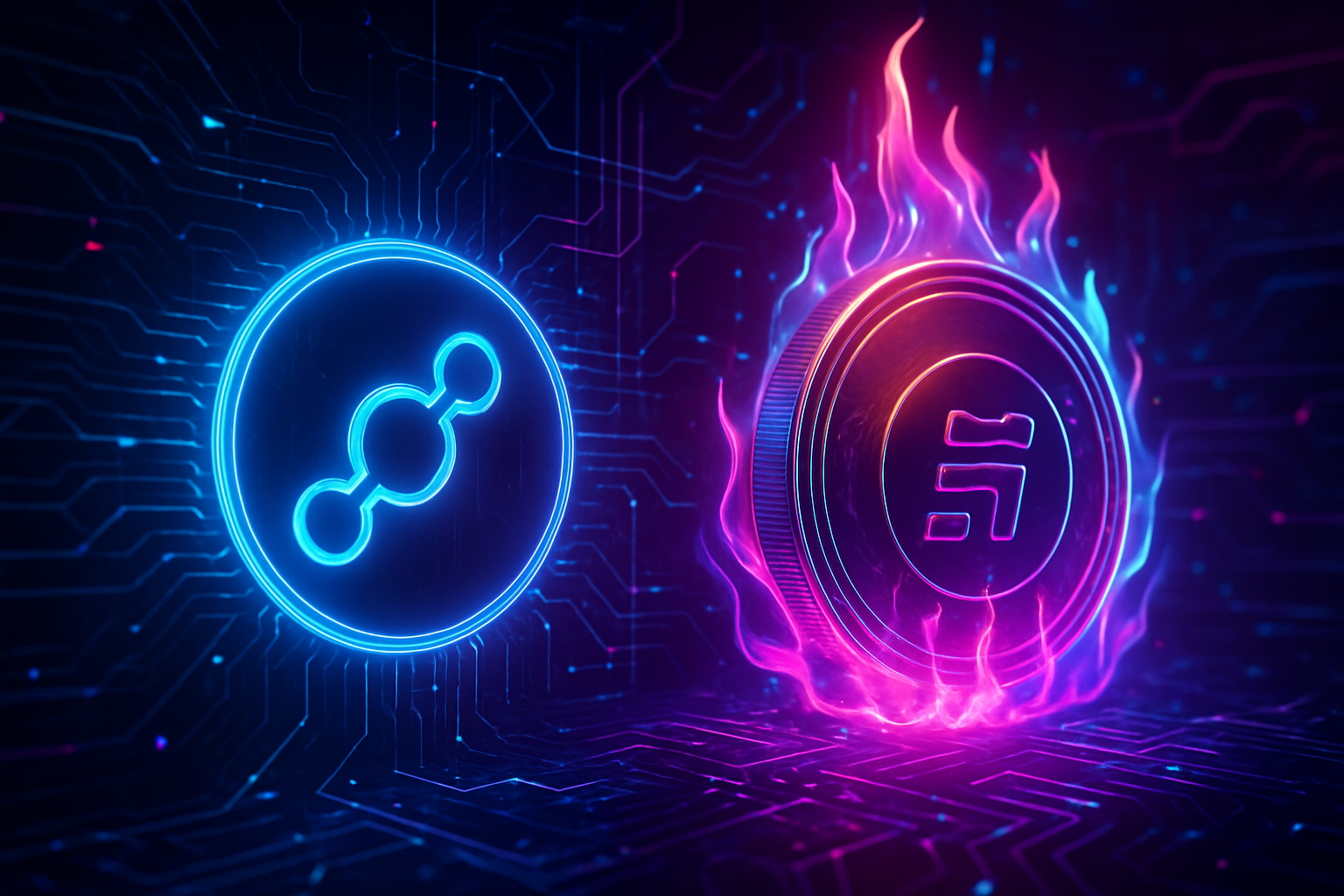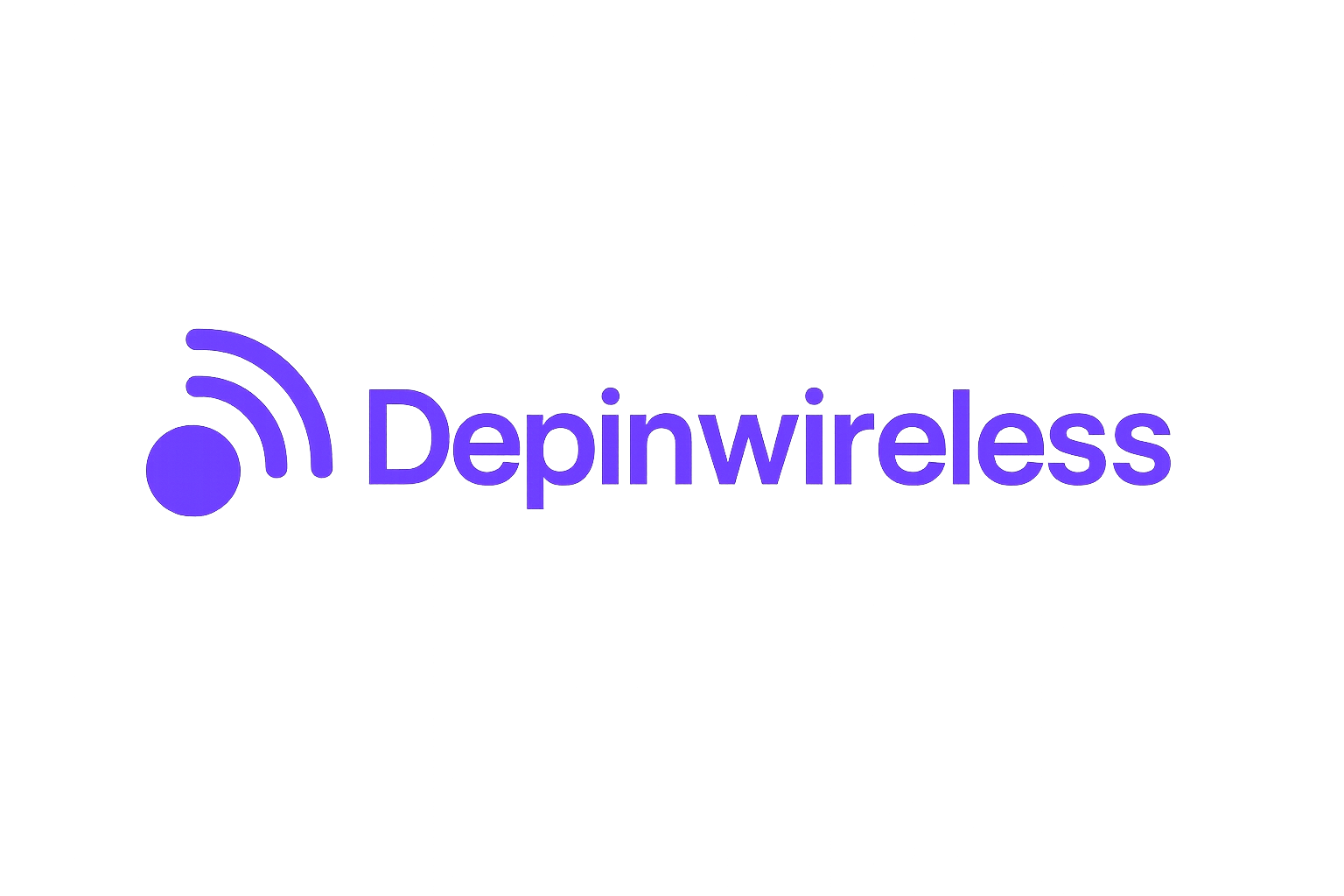
In the fast-evolving landscape of decentralized wireless, the Helium Network has introduced a unique economic model centered on Data Credits (DCs) and the HNT burning mechanism. This system is foundational for powering network operations and ensuring sustainable tokenomics. As of September 19,2025, Helium Network Token (HNT) is trading at $2.56, reflecting a dynamic market environment where token utility and supply are tightly interlinked.
How Data Credits Power the Helium Ecosystem
Data Credits are the exclusive utility token used to pay for all data transmission and critical network operations within Helium’s decentralized wireless infrastructure. Each DC is pegged at a fixed rate of $0.00001 USD, providing predictable, transparent costs for users regardless of HNT price volatility. This fixed pricing model is crucial for enterprise adoption, IoT device scaling, and long-term sustainability.
The process begins when users or organizations need to send data across the Helium IoT network or perform actions like onboarding a Hotspot. Payment is always in DCs – for instance, transmitting a 25-byte message costs two DCs, while onboarding a Hotspot incurs $10 worth of DCs. The key innovation: DCs are not directly bought with fiat or crypto. Instead, they are generated on-demand by burning HNT tokens.
The HNT Burning Mechanism Explained
The conversion from HNT to Data Credits operates through an implicit burn mechanism: users acquire DCs by permanently removing (burning) an equivalent USD value of HNT from circulation. The number of DCs received per HNT fluctuates based on real-time market price – with HNT at $2.56, burning one token yields exactly 256,000 DCs (since $2.56/$0.00001 = 256,000). As the price of HNT changes, so does the conversion rate, creating a dynamic equilibrium that aligns network utility demand with token scarcity.
This approach not only funds network operations but also introduces a deflationary pressure on total HNT supply over time – unless offset by emission mechanisms designed to maintain reward sustainability for Hotspot operators and contributors.
Burn-and-Mint Equilibrium: Sustainability Meets Incentives
The Helium Network’s economic design incorporates a sophisticated Burn-and-Mint Equilibrium model. As more users onboard devices or transmit data (thus requiring DCs), more HNT is burned – reducing circulating supply and theoretically increasing scarcity value. To ensure ongoing incentives for coverage providers during periods of high usage, Helium employs Net Emissions: up to 1% of each epoch’s emissions can be reintroduced back into circulation if needed.
Helium (HNT) Price Prediction 2026-2031
Comprehensive outlook based on current market data, tokenomics, and ecosystem trends
| Year | Minimum Price (Bearish) | Average Price | Maximum Price (Bullish) | % Change (Avg. YoY) | Market Scenario Insights |
|---|---|---|---|---|---|
| 2026 | $1.85 | $2.80 | $4.10 | +9% | Price stabilizes with moderate IoT expansion; burning mechanism supports price floor |
| 2027 | $2.10 | $3.25 | $5.10 | +16% | Increased adoption from enterprise IoT; regulatory clarity boosts sentiment |
| 2028 | $2.45 | $3.90 | $6.40 | +20% | Network usage rises, more HNT burned; deflationary pressure strengthens |
| 2029 | $2.75 | $4.60 | $8.00 | +18% | Tech upgrades, global IoT partnerships, and supply reduction drive growth |
| 2030 | $3.20 | $5.35 | $9.50 | +16% | Wider ecosystem integration; HNT scarcity narrative appeals to investors |
| 2031 | $3.65 | $6.10 | $11.00 | +14% | Helium matures as key IoT infrastructure; competition tempers upside but utility remains strong |
Price Prediction Summary
Helium (HNT) is projected to see steady price appreciation over the next six years, with the average price rising from $2.80 in 2026 to $6.10 by 2031. The burning mechanism, fixed Data Credit pricing, and expanding IoT adoption create a deflationary environment supporting HNT’s value. However, market volatility and competitive pressures may introduce wide min/max ranges each year.
Key Factors Affecting Helium Price
- Growth in Helium network usage and IoT adoption
- Effectiveness of HNT burning and Net Emissions cap
- Regulatory developments in the blockchain and IoT sectors
- Technological advancements and ecosystem integrations
- Emergence of competing decentralized wireless/IoT solutions
- Overall cryptocurrency market cycles and investor sentiment
Disclaimer: Cryptocurrency price predictions are speculative and based on current market analysis.
Actual prices may vary significantly due to market volatility, regulatory changes, and other factors.
Always do your own research before making investment decisions.
This balance between burning and minting helps stabilize rewards while aligning long-term growth with usage-driven deflationary forces – a rare dynamic in decentralized wireless tokenomics.






